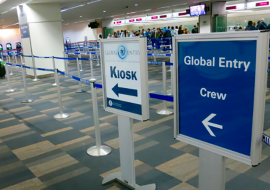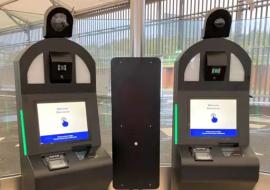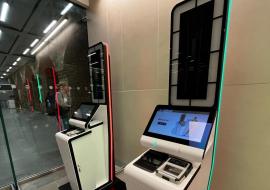eVTOL Taxis: Transforming Urban Travel for a Sustainable Future
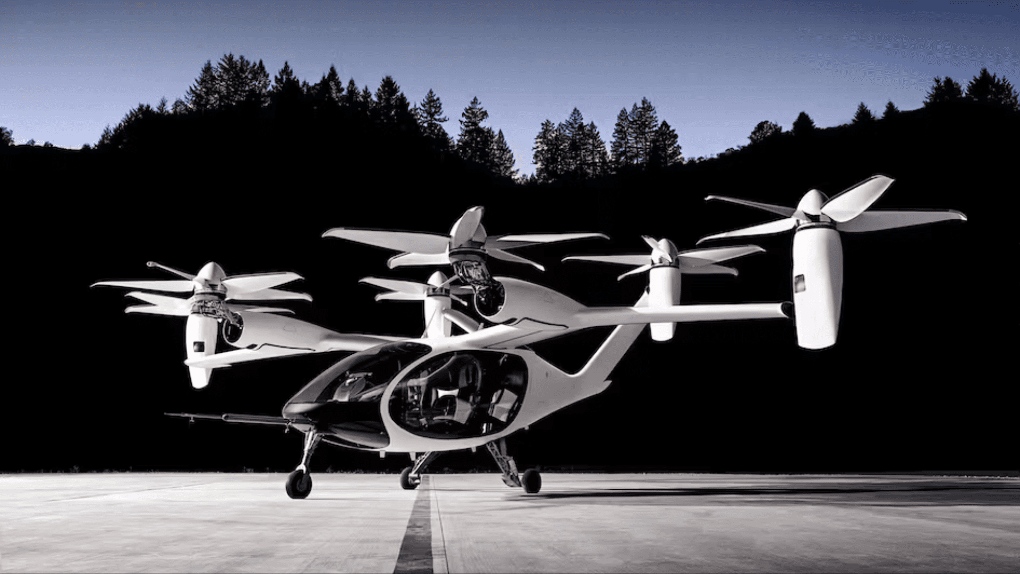
In the ever-evolving landscape of urban mobility, electric Vertical Take-Off and Landing (eVTOL) taxis are emerging as a game-changer. These innovative flying vehicles promise to make city travel faster, greener, and more efficient, addressing some of the most pressing challenges of modern transportation, such as congestion, emissions, and time inefficiencies. With rapid technological advancements and increased global interest, eVTOL taxis are positioned to revolutionize the way we navigate our cities in the near future.
What Are eVTOL Taxis?
eVTOL taxis are electric aircraft that can take off and land vertically, requiring minimal space for operations. Designed for short-distance, on-demand travel, these vehicles are powered by advanced electric batteries, which drastically reduce carbon emissions compared to traditional fuel-based aircraft or road transport. Their quiet operation, compact size, and environmental benefits make them ideal for densely populated urban areas.
Recent Advances in eVTOL Technology
- Battery Innovation: Companies like Joby Aviation, Lilium, and Archer Aviation are pushing the boundaries of electric battery technology, creating more efficient systems with longer flight ranges and quicker charging capabilities.
- Strategic Partnerships: Major airlines and ride-sharing platforms are investing in eVTOL technology. For example, Delta Airlines has partnered with Joby Aviation to integrate eVTOL services into their customer experience, while Uber is exploring eVTOL solutions through its Uber Elevate initiative.
- Regulatory Milestones: Aviation authorities, including the Federal Aviation Administration (FAA) in the U.S. and the European Union Aviation Safety Agency (EASA), are advancing certification frameworks for eVTOL aircraft, with several pilot programs already underway in cities such as Los Angeles, Paris, and Dubai.
- Urban Infrastructure Development: Plans for "vertiports" — dedicated takeoff, landing, and charging hubs for eVTOL taxis — are gaining momentum. Paris, for instance, is aiming to have operational vertiports in time for the 2024 Olympic Games.
How eVTOL Taxis Will Revolutionize Travel
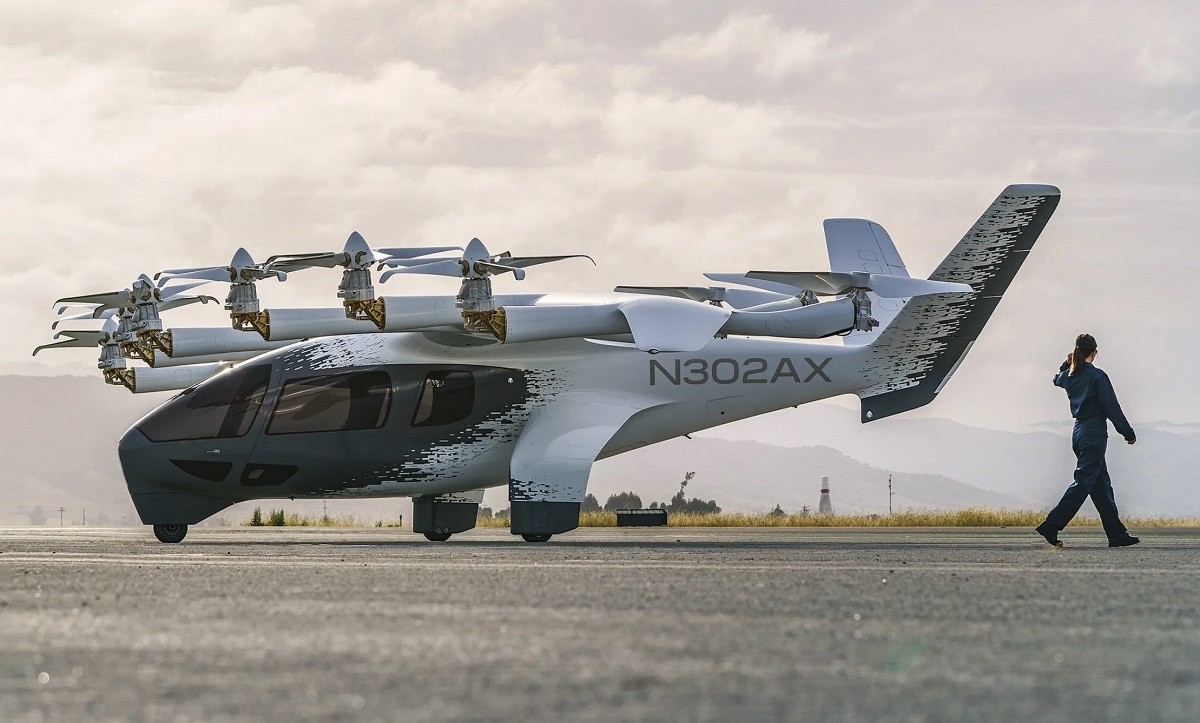
- Time-Saving Travel: eVTOL taxis have the potential to drastically cut travel times, especially in traffic-heavy urban areas. A journey that could take an hour by car may take as little as 10-15 minutes in an eVTOL taxi.
- Sustainability: Powered by electricity, eVTOL vehicles produce zero direct emissions, making them a vital step toward eco-friendly urban transportation. They also align with global sustainability goals, reducing cities' dependence on fossil fuels.
- Decongesting Urban Roads: By operating in the skies, eVTOL taxis can alleviate the pressure on overcrowded roadways, improving traffic flow and reducing commute times for ground-based transportation as well.
- Boosting Tourism: From offering breathtaking aerial views of iconic landmarks to providing fast access to remote destinations, eVTOL taxis could transform the tourism industry by offering unique and efficient travel experiences.
- Accessible Commuting: While initial pricing is expected to cater to premium markets, the long-term vision of many eVTOL developers is to make these services widely accessible, much like the evolution of ride-hailing services such as Uber and Lyft.
Challenges to Overcome
While eVTOL taxis hold immense potential, several hurdles remain:
- High Initial Costs: Both the development of eVTOL technology and the infrastructure required for vertiports are expensive, potentially limiting their accessibility in the early stages.
- Safety Assurance: Ensuring public trust in eVTOL safety is paramount. Developers and regulators must work together to guarantee secure operations.
- Noise Pollution: Although quieter than helicopters, eVTOL aircraft still generate noise, which could become a concern in densely populated urban areas.
- Air Traffic Management: The integration of eVTOLs into already crowded airspace requires sophisticated air traffic control systems to prevent accidents and ensure smooth operations.
What Lies Ahead?
Industry experts predict that eVTOL taxis could become a mainstream transportation option within the next decade. By 2030, cities around the world may see these sleek, silent aircraft buzzing through their skies, shuttling passengers quickly and sustainably from one point to another.
The market potential for eVTOLs is enormous. According to analysts, the global eVTOL market could surpass $30 billion by 2035, driven by urban mobility needs, environmental concerns, and the growing demand for efficient travel solutions. Cities like New York, Tokyo, and Singapore are already laying the groundwork for eVTOL integration, including vertiports, regulatory frameworks, and pilot testing programs.
eVTOL taxis represent a bold step toward the future of urban transportation. Their ability to reduce travel times, cut emissions, and ease road congestion positions them as a cornerstone of sustainable city planning. While challenges remain, the rapid pace of innovation and increasing investment in eVTOL technology suggest that the skies above our cities will soon be filled with these revolutionary flying taxis, reshaping the way we think about urban travel.








